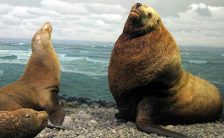Category: AP Biology
-
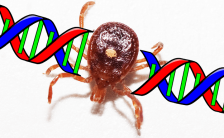
How Can Gene Editing Eliminate Lyme Disease?
This is a close reading and annotation exercise that can be completed in small groups. The article is an abridged version of “Rewriting the Code of Life” from the Annals of Science, January 2017. It includes concepts about transmission of pathogens and secondary hosts followed by an explanation of how CRISPR could be used to…
-
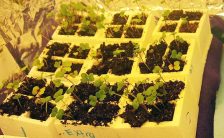
Inquiry in Genetics Using Wisconsin Fast Plants
Genetic Experiments can be intimidating for teachers due to the time and cost of breeding plants or animals in a classroom. These issues are further complicated in a public school setting which may have space issues, limited funds, and lack of access to labs. My favorite model for genetic experiments is the Wisconsin Fast…
-
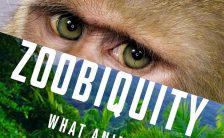
Zoobiquity – Review and Discussion Questions
I try to read at least one non-fiction book per year to try to keep myself up to date and inspired with new knowledge and advances in medicine. I have a classroom set of “Stiff” that I require my AP Biology students to read during the unit on anatomy. Recently, in a graduate class…
-
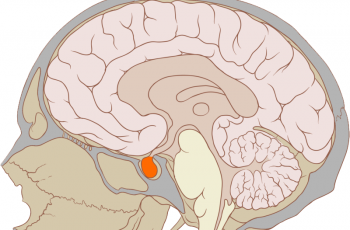
Case Study – What’s Wrong with Timothy?
The endocrine system can be a difficult subject to cover in anatomy. It isn’t as showy as the other systems where you can label organs or dissect an eyeball. Students must also memorize a number of hormones and their functions which have complicated names like thyroxine and tri-iodothyronine. When I first started teaching anatomy,…
-
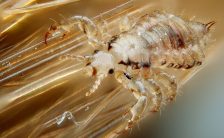
Case Study – Lice and Human Evolution
Google slides present a case of human evolution and the evolution of body lice. Students read details and data and answer questions in small groups.
-

Toxicology Resources for the Biology Class
Resources for investigating how poison affects animal physiology. Students can read the “Poisoner’s Handbook” and perform experiments on worms.
-
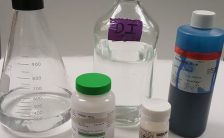
The Blue Bottle Demonstration
Most biology teachers must eventually accept the awful truth that they will need to include chemistry in their biology classes. For years, the only chemistry I had to worry about was the very simple photosynthesis equation which was fairly easy to explain and also presented in an “unbalanced” form. When I started teaching AP…
-
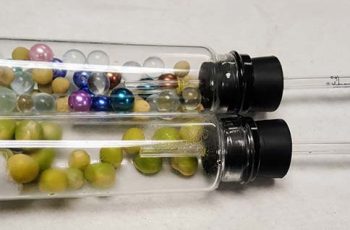
Investigation: Cellular Respiration
Students set up respirometers to measure the oxygen consumption of germinating peas in cold and warm water, and compared to a living organism.
-
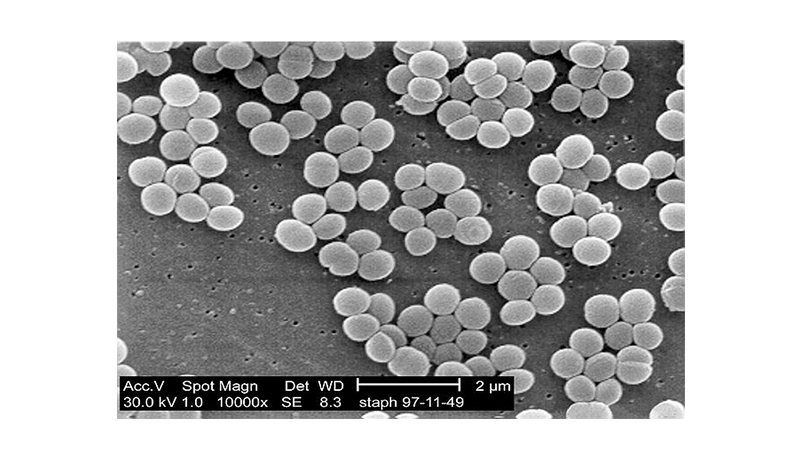
Case Study – Are Nanobacteria Alive?
In this case study, students review the evidence of scientists on both sides of the controversy questioning whether nanobacteria are living organisms.
-
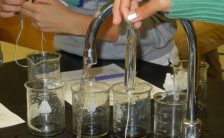
Investigation: Osmosis and Water Potential
Students models osmosis using dialysis tubes that contain different concentrations of sucrose. The tubes will gain water dependent upon the molarity of solution they are placed in. You can make sucrose solutions with table sugar, and instructions are included in the teacher’s guide to the lab. The second part of the investigation determine the…
-
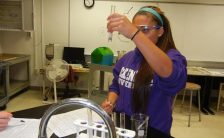
Investigation: Enzymes
This simple investigation can be completed using materials easily obtained from stores. In a series of tests, students observe how the enzyme catalase breaks down hydrogen peroxide into oxygen and water. Catalase is found in living tissues, but a good reaction can be observed when using chicken livers. The bubbling of the peroxide serves as…
-
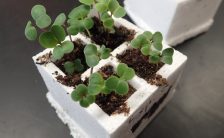
AP Biology – Investigation on Genetics with Plants
A modified AP Lab where students learn to grow plants from a seed, cross pollinate plants and conduct an inquiry investigation about plant genetics.
-
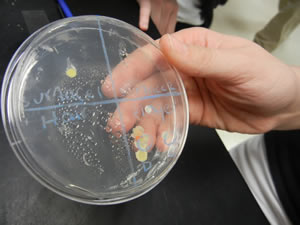
Why I Teach Pathology in Biology
When you examine the AP Biology Course Description, there is no mention of pathology (the study of diseases) in the list of Big Ideas. Bacteria are mentioned in the context of comparison between prokaryotes and eukaryotes, lines of descent, and endosymbiosis. Viruses are mentioned within the context of genetics and how DNA can be transferred…
-
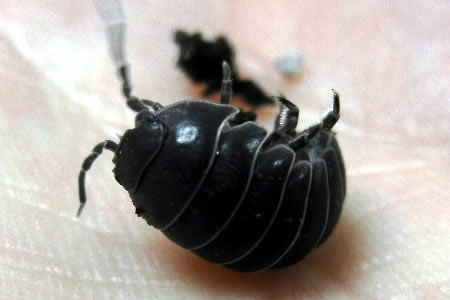
How to Raise Isopods (Pillbugs) for Your Classroom
How to keep isopods, or pillbugs, in the classroom. Use a plastic container with soil, water beads, and a place to hide!


